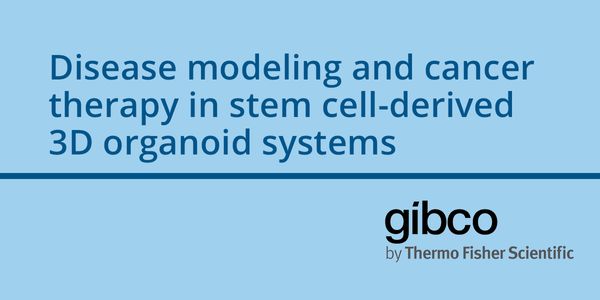Microbiome and diseases
The microbiome describes the microbes (such as bacteria, fungi, viruses) that live in and on our bodies. The distribution and presence of microbes can have a significant impact on health and disease. Further, alterations in the microbiome can impact how a patient will respond to treatments prescribed for diseases.
-
“Emerging infections” are those that appear suddenly or are rapidly increasing in incidence or geographic range (e.g., HIV/AIDS, Ebola, SARS, Middle East Respiratory Syndrome [MER...Speaker: Stephen S. Morse, PhD, FAAM, F.A.C.E.Presented at: Infectious Disease Virtual Event Series 2019
The Ebola virus disease outbreak in West Africa in 2014-2016 was the largest of its kind in history. This was the first outbreak that involved a randomized clinical trial for therapeutics, a...
To reduce the global burden diseases causes by infectious disease, including parasites and bacteria, scientists need better information about mechanisms of virulence, immune evasion, and drug...
Speaker:
Meredith Ashby, PhD
Despite over 60+ years of research, the etiology of bacterial vaginosis (BV), the most common vaginal infection, remains controversial. Epidemiological data strongly suggest that BV is acquir...
Speaker:
Christina Muzny, MD, MSPH, FACP
Presented at: Infectious Disease Virtual Event Series 2019
APR 23, 2019 | 9:00 AM
DATE: April 23, 2019TIME: 9:00am PDT, 12:00pm EDT ABSTRACT: Learning Objectives: List benefits of liquid based collection and transport systems...
APR 02, 2019 | 3:00 PM
DATE: April 2, 2019TIME: 3:00pm CEST Dans ce webinaire, Marie Piketty rappelle que depuis quelques années, plusieurs cas d'interférences provoquées par l...
Whole food plant-based diets and medical cannabis have shared and continues to share similar levels of scrutiny, doubt, and stigma by the traditional medical community. One reason for the med...
DEC 13, 2018 | 9:00 AM
DATE: December 13 15,2018TIME: 09:00am PST, 12:00pm EST Breast cancers are classified into three main subtypes according to their receptor status: estrogen receptor-positive...
OCT 25, 2018 | 8:00 AM
DATE: October 25, 2018TIME: 08:00am PDT, 11:00am EDT While the significance of the microbiome is unprecedented, a thorough study to dissect the role of individual popul...
OCT 23, 2018 | 9:00 AM
DATE: October 23, 2018TIME: 9:00AM PDTIxodes scapularis is the principal vector of the Lyme disease spirochete, Borrelia burgdorferi. I. scapularis genome was the first and only...
Two projects looking at novel approaches to targeting inflammatory breast cancer will be presented. Inflammatory breast cancer (IBC) is a unique, understudied, and most lethal subtype account...
Speaker:
Kevin Williams, PhD
The oncogenic transcription factor c-MYC (MYC) is deregulated, and often overexpressed, in more than 50% of cancers. MYC deregulation is associated with poor prognosis and aggressive disease,...
Speaker:
Jason De Melo, PhD
In the past two decades a small number of infrequently dividing cells have been proposed as the source of multi-drug resistance during cancer treatment. These cells identified by their expres...
Speaker:
Krastan Blagoev, PhD
























